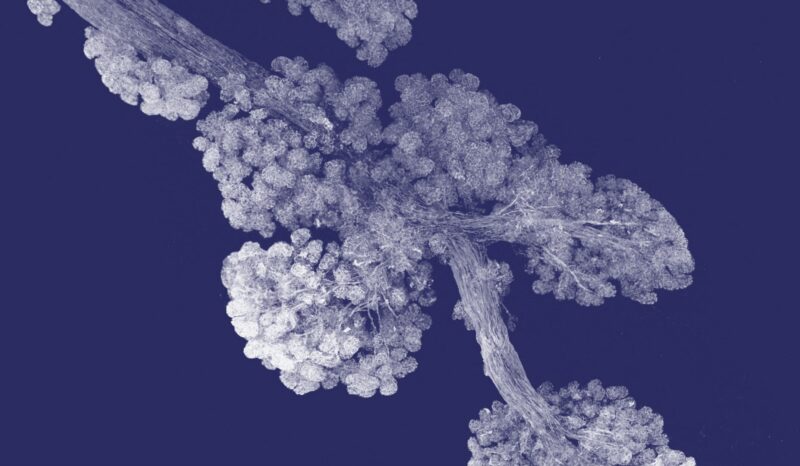WEHI Wednesday Seminar hosted by Associate Professor Chris Tonkin
Dr Anna Coussens
Laboratory Head, Infectious Disease & Immune Defence division – Infection, Inflammation & Immunity Theme, WEHI
Subclinical tuberculosis: redefining how we detect and prevent an ancient disease


